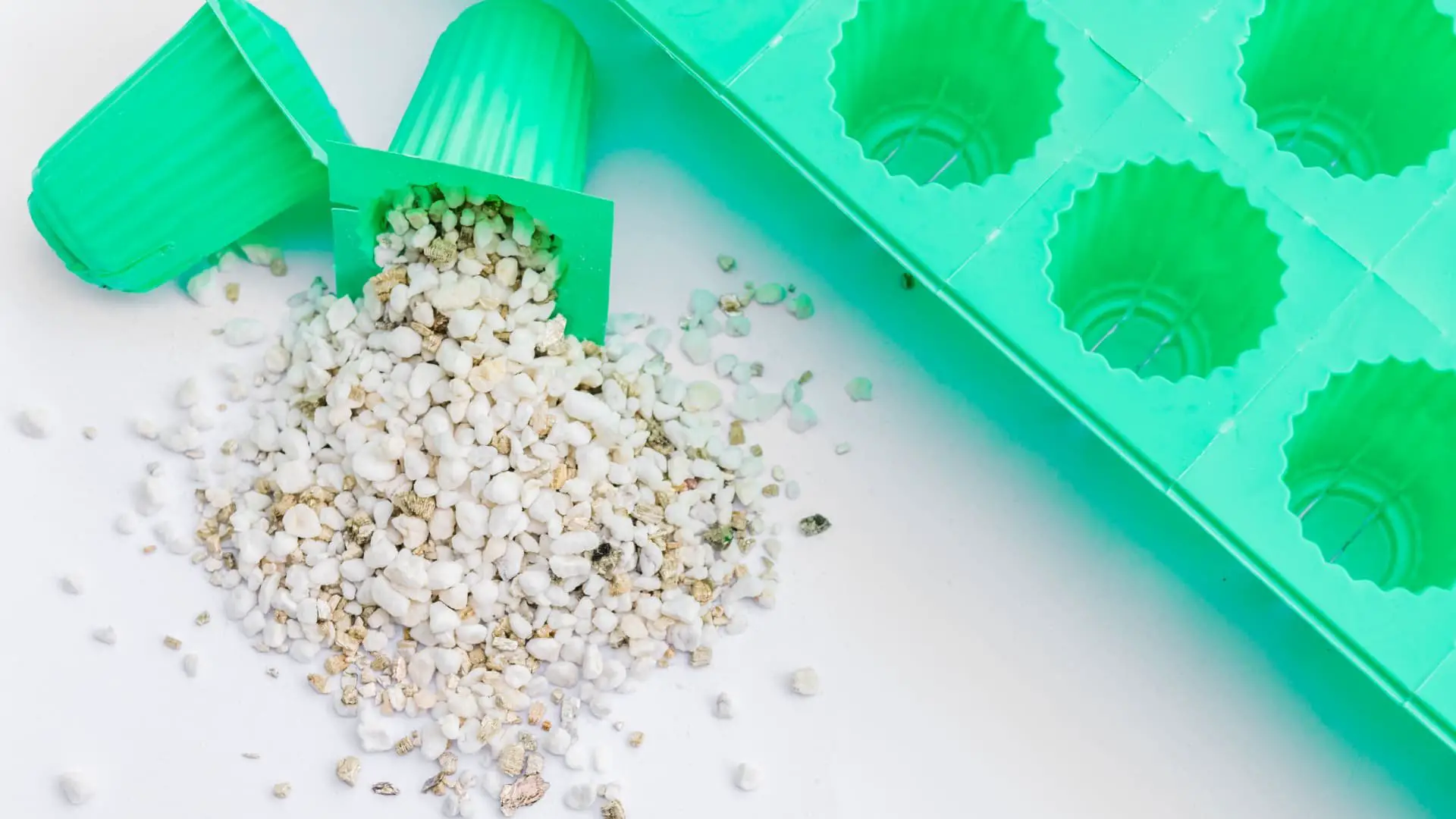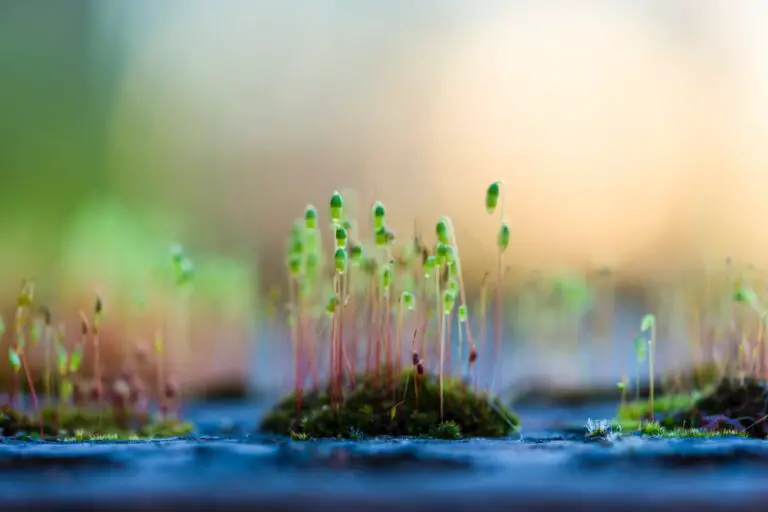How Does Perlite Help Growing Plants? A Hydroponic Growing Medium for Your Garden
Disclosure: Your purchases through our links may earn us a small commission, supporting our site’s ability to provide valuable information to our readers. Rest assured, it won’t impact your price. Thank you for your support.
Have you ever grown a plant before? If so, you probably used soil to do it.
What if there was a better way? A way that doesn’t involve all the nutrients leaching out of your soil and into the groundwater? A way where you could control the amount of water and nutrients your plant gets?
Well, there is hydroponics! There are many alternatives for soil to use as a hydroponic growing medium.
Here I will discuss one of the growing mediums for hydroponic gardens. It is Perlite.
Perlite is cheap, inert, and helps hold moisture and air in the root zone. So if you’re searching for an alternative to soil or want to try out hydroponics, try with Perlite.
What Are Perlite and Its Benefits for Hydroponic Gardening?
Perlite is a volcanic glass that pops and creates small air pockets when heated, .
Benefits of using Perlite as a Hydroponic Growing Medium:
- These air pockets make Perlite a great hydroponic growing medium because they hold in moisture and allow for good airflow.
- Perlite also doesn’t decompose, so that it will last a long time in your hydroponic garden.
- Perlite is inert, meaning it doesn’t contain any nutrients and won’t affect the pH of your solution.
- Perlite is also a cheap hydroponic growing medium, making it a great option for those just starting in hydroponics.
Related: 10 Characteristics of Ideal Hydroponic Growing Medium
How to Use Perlite in Your Hydroponic Garden?
There are many ways to use Perlite in your hydroponic garden.
You can also use Perlite by itself as your sole growing medium. If you’re using Perlite by itself, add enough to fill half of your grow tray.
You can mix Perlite with other growing media such as coco coir, soil, or Rockwool. When using Perlite with other media, mix it at a 50/50 ratio, to ensure that your plants get water and nutrients properly.
The Different Types of Horticultural Perlite Available on The Market.
Perlite ore is heated very quickly to make it expand. This makes tiny glass bubbles form and creates a porous structure. Perlite is often used as an aggregate or growing medium in horticulture and hydroponics.
This horticultural Perlite is used for soil amendment and has a higher water retention capacity than other types of Perlite.
Horticultural Perlite is divided into four different grades based on particle size: then becomes four different grades. They are super coarse, coarse, medium, and fine grade.
- Super coarse Perlite has particles that are ¼ to 3/32 inches and holds water at 19%.
- Coarse Perlite ranges from 3/16 to 3/64 inches and has 34% water holding capacity. This type of Perlite is suitable for gardens because it balances drainage and water holding capacity well.
- Medium grade perlite ranges from ⅛ inches to 1/32 inches, with 46% water holding capacity. It’s best for potted plants or as an ingredient in potting mixes with other components or as a medium for succulents orchids.
- Fine grade is the smallest particle size (1/16 to 1/128 inches) and has a water holding capacity of 52%. This type of Perlite is best for starting seeds and rooting cuttings.
Click here this link to select the best perlite for your garden.
What Are the Drawbacks of Using Perlite as a Hydroponic Growing Medium?
Perlite
- can be dusty and can cause respiratory problems if inhaled.
- is a lightweight material and can be blown away by the wind.
- can float, so it must be weighed down or secured in some way to keep it in place.
- can be difficult to clean up when used in a hydroponic garden.
- is fragile and can break easily, so it must be handled carefully when transplanting plants or harvesting crops.
- has no nutritional value for the plants growing in it, so we must add nutrient solutions regularly throughout the hydroponic system’s life
The Best Ways and Tips to Use Perlite in Your Hydroponic Garden for Optimum Results.
Here are a few tips to get the most out of Perlite in your hydroponic garden:
- Perlite can be dusty, so make sure to clean up any spills immediately. So, wear a mask while handling Perlite to avoid breathing in the dust.
- When mixing Perlite with other growing media, mix it at a 50/50 ratio.
- Add enough Perlite to fill half of your grow tray if you’re using Perlite by itself.
Try Perlite and Get Most Of It.
Perlite is a volcanic glass that pops and creates small air pockets when heated. Perlite has many benefits for hydroponic gardening, including being cheap, inert, and porous, allowing moisture to stay in the medium, and providing good airflow. Perlite doesn’t decompose so that it will last a long time in your garden; however, there are drawbacks such as dustiness. The best way to mix Perlite with other growing media is at a 50/50 ratio or mixing Perlite by itself halfway through the grow tray.
Thank you for reading!
If you loved this one, you may also check out other stories in Hydroponic Way.
How Can Vermiculite Hydroponics Help You Grow Delicious, Nutritious Vegetables?






